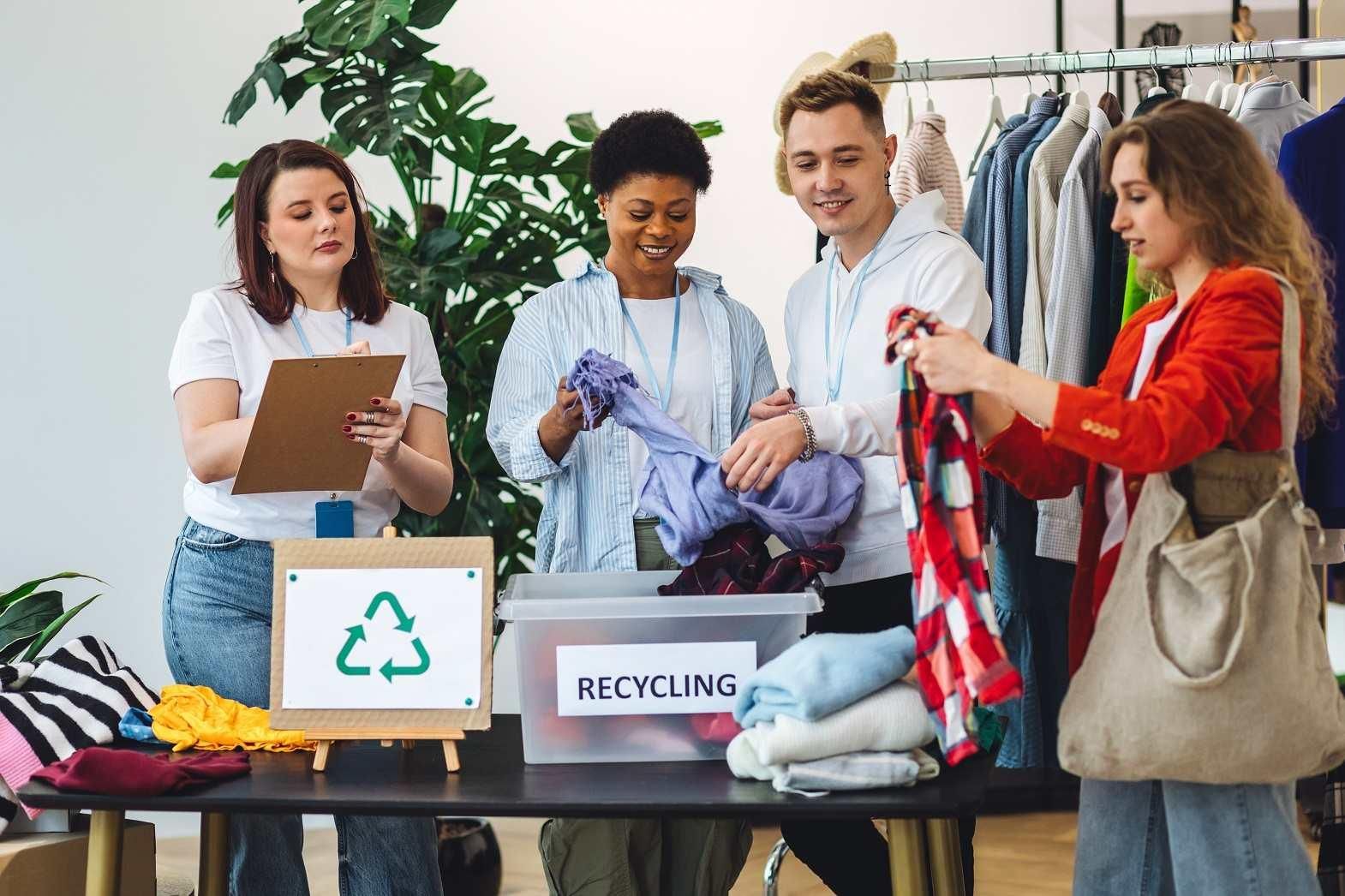The textile sector is under constant pressure to not only adapt to the present scenario but also to ensure that it grasps the future trends of the global society, which, in turn, makes survival easier. It is imperative to design a plan that caters to the future sustainability of the business. The textile sector has been religiously working on understanding the current trends and future needs of society in order to come up with products that focus on the requirements of posterity.
Forecasting the exact challenges in the future is out of the question, but the textile sector has a tentative list of issues that might pose as a threat in the way of progress. The global exhaustion of available resources, rapid changes, and erratic patterns pertaining to climate, the rising population, awareness with regard to organic products, and advancement of technology are some of the factors that influence the decisions of the textile sector.
These factors also influence the future requirement of textile products and have a major effect on the industry in all parts of the world. In fact, these factors also determine the working of textile industries from raw material to textile process and designs. It is considering these overall aspects that the business model for future sustainability is prepared.
With exhaustion of resources staring humanity in its face, recycling is likely to be a trend of the future. The bigger brands have already started focusing on this aspect. There are fibers from plastic bottles being used to create fabric and recycling is also being done at a large scale in several textile firms. Another drastic change that the global textile industry is expecting is the shrinking size of the apparel markets of United States and Europe. In a glaring contrast to the present-day situation, the per capita expenditure on apparel in the United States and Europe will rise at a much slower pace.
Currently, these regions enjoy a fairly huge consumption base, but by 2025 the situation would be different. There's another significant future trend expected to happen, which is the combined size of Chinese and Indian apparel markets will become bigger than that of the U.S.A. and European Union. The luxury brands have already started tapping into the Asian market, as domestic demand in the Asian sub-continent market has been escalating gradually.
The shift from becoming world's largest textile manufacturer and supplier to becoming world's biggest consumer of textile has just started in Asia. The global manufacturing value chain is also expected to attract investment worth US $ 350 billion to cater to the additional apparel market demand of US $ 1 trillion by 2025. These changes will be the direct result of the global demographic changes.
Energy efficiency has already become one of the top priorities of textile industries. This trend has been around for a decade, but the demand and also the need of energy efficiency textile products has risen at rapid pace only recently. The textile processing has been radically transformed and manufacturing units make it a point to mention this in individual company profile in order to win trust of customers. Emphasis is also being laid on organic products.
Considering the changing climate conditions, it is expected that crops that require very little attention will gain momentum. However, the focus will be on growing organic crops for textile. The natural fibres are likely to get attention of the consumers, as fabrics made from these fibres are not only soothing, but also result in less chemical waste. Cotton fibre will be among the most popular fabric of future.
Growing cotton does not place great demand on water use, as it is a crop, which is drought and heat tolerant and accounts for mere three percent of agricultural water, globally. In addition to this, for every pound of cotton fibre produced, there is a 1.5 pounds of cottonseed which can be pressed for cooking oil and used as a protein-rich feed for farm animals. Thus, every cotton harvest yields both textile fibre and food.
The textile sector is also focusing on reviving the technology and staying update with the technical revolution. A decade from now, technical interference will not be limited to fabric production and design, but also in terms of how retail will be perceived by posterity.
Apparently, the textile sector has started using virtual world to find prospect customers and ensure that the product is available globally. With e-retail gaining momentum, manufacturing units can expect to save money on finding commercially viable spots in various cities around the world to build shops, which can easily add a lot of zeroes to the initial investment.
When the textile sector plans for future, it is in accordance with the instinct to survive in the ever-evolving world. The future strategies also guide the textile industries to explore the markets that will rule the sector in a decade from now. Knowing the competition, developing skills to tackle new world, dealing with change by putting it in practice, manoeuvring plan that helps the industries stay commercially, socially and globally ahead under all the possible scenarios of changing world, are the benefits that textile units reap when they plan ahead. Fortunately, the sustainable strategies that help companies determine future course of action have become part and parcel of regular decision making of textile sector.
References:
1. Triplepundit.com
2. Wazir.in
3. Forumforthefuture.org
4. Theguardian.com








Comments